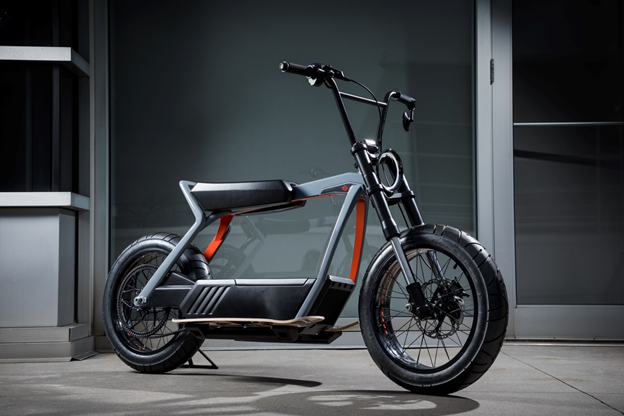Knowledge
Why did the electric bike fail in India?
The two-wheelers have always been successful in India. From going to work, a quick run to the grocery store, to incredibly fun trips, motorbikes provide easy and affordable transport modes.
However, when Revolt RV400 was launched as the first electric bike in India, it took the media and the bike enthusiasts by storm. Unfortunately, even though the features and environment-saving aspects looked promising, things have not quite turned out as expected.
Blame it on the high running costs or the restricted range of the electric bikes they have failed in India. Therefore, if you are still wondering why the electric bike fails in India, we have some answers for you.
Reasons for Electric Bike Failure
Unlike China, India has not seen any explosive growth in the e-bike market. The industry, market, economy, and the public all play a crucial role in the success of any newly launched electronics or vehicle.
To give a clear picture of why the electric bike failed in India, we have listed some solid reasons.
- Market– in India, awareness was not created in the armlet before the launch. Those who knew about them knew, but the not so tech-savvy public e-bikes were still alien. Lack of advertising and publicity contributed to the failure of electric bikes in the market.
- Manufacturing– the Indian companies adopted the European or Chinese standards for electric bikes instead of creating their designs and features. Limiting the speed limit to 24Kmph did not make it interesting for the speed lover bikers. In India, even to cover the distance in the city limits, the minimum speed required is 35 km- therefore, the speed is a bummer and one of the biggest setbacks in accepting electric two-wheelers.
- Environment– a misconception attached to electric bikes is that they tend to be eco-friendly- well, speaking practically, not so much. This is because the electricity in India is mostly produced from the firing of coal, thence the environmental dilemma. So, with e-bikes, the source of pollution is changed, not eliminated.
- Budget– if a vehicle is not easy on the pocket- people in India prefer public transport. In India, most people drive bikes because they do not break the bank. However, when it comes to electric bikes, the need for excellent waterproofing alongside the additional costs of a battery, charger, motor, and its controllers and other electric parts makes it more expensive than the traditional gasoline bikes.
- Infrastructure– for the ultimate success of e-bikes, the vehicle’s infrastructure and surroundings must be solid and strong. Unfortunately, they have not been successful in India with no charging stations at the desired distance, smooth roads, dedicated lanes, limited speed, and a restricted range of e-bikes.
- Gears and Kits– even though the e-bikes do not require gears and hybrid kits are available, they need security certifications such as ARAI. Unfortunately, facilities as such are still not available in India.
Key Takeaway
India still has a long way before re-launching the newer electric bike models. However, preparing the market, manufacturing innovative designs, installing new features, and aligning the cost with the public budget would help electric two-wheelers to thrive in India.


